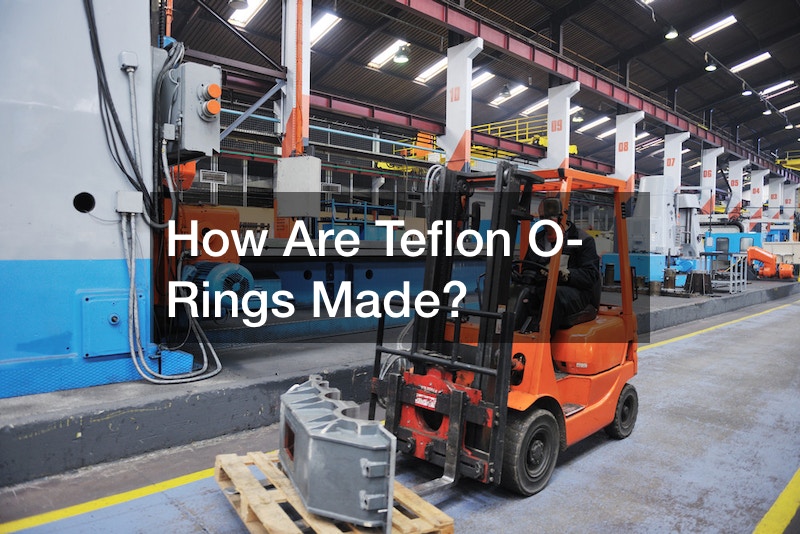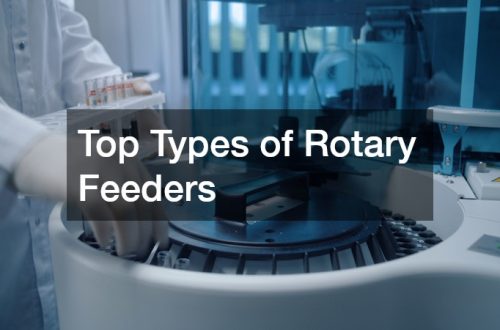
Polytetrafluoroethylene, a beneficial polymeric substance, is marketed under the registered brand name Teflon (PTFE). Chemours are essential in providing a liquid coating to create a Teflon O ring nonstick coatings. This liquid coating is put directly on the pan’s metal surface in the cookware industry.
The coating adheres to the metal pan to drain the liquid baked in a hot oven. Consumers anticipate simple cleaning and nonstick performance from cookware with TeflonTM nonstick coatings when the completed coating dries to a durable nonstick substance. Teflon O-rings are renowned for their high heat resistance, strong chemical and solvent resistance, anti-adhesiveness, dielectric qualities, low friction coefficient, and non-toxicity. The operating procedures and the chosen polymer significantly impact the tensile and compressive properties. PTFE, however, has a considerable amount of compressive plasticity at temperatures close to absolute zero and can be used continuously up to 250°C (482°F).
Although the high-performance fluoropolymer PTFE serves as the basis for TeflonTM O-rings, certain manufacturers use it to make PTFE. The numerous distinctive qualities of PTFE make it useful in a wide range of applications. It is stable at very low temperatures and has a very high melting point. It is particularly corrosion resistant because nothing but hot fluorine gas or some molten metals can dissolve it.
.





